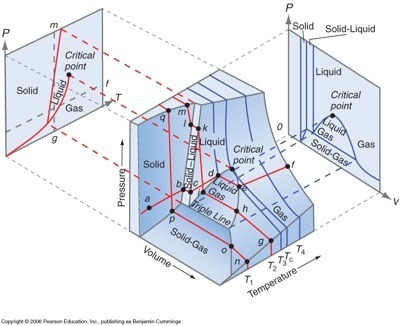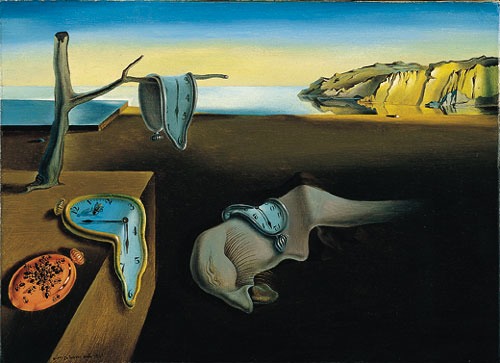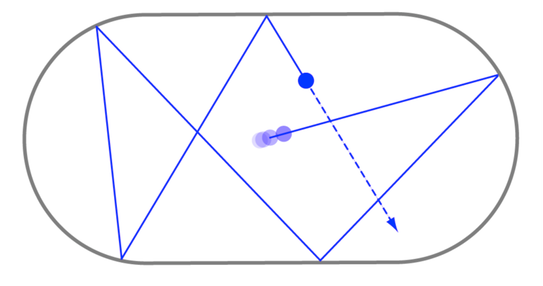Open and closed systems, phase transitions
 Collections of identical atoms can behave in macroscopically different ways when their temperature and density are changed. For example, water exists as a gas, a liquid and a solid at different temperatures. Why? These "phases" are collective effects that emerge under equilibrium conditions. The changes, called "phase transitions", are a big object of study in Physics. Changes of temperature in the early universe at which new collective modes of motion emerged, like the symmetry breaking in the standard model, are also usually called phase transitions. Closed systems typically quickly reach thermodynamic equilibrium, after which nothing changes. Equilibrium can usually be assumed if the external conditions on a closed system are changed slowly enough. Open systems, on the other hand, are generally under non-equilibrium conditions.
Collections of identical atoms can behave in macroscopically different ways when their temperature and density are changed. For example, water exists as a gas, a liquid and a solid at different temperatures. Why? These "phases" are collective effects that emerge under equilibrium conditions. The changes, called "phase transitions", are a big object of study in Physics. Changes of temperature in the early universe at which new collective modes of motion emerged, like the symmetry breaking in the standard model, are also usually called phase transitions. Closed systems typically quickly reach thermodynamic equilibrium, after which nothing changes. Equilibrium can usually be assumed if the external conditions on a closed system are changed slowly enough. Open systems, on the other hand, are generally under non-equilibrium conditions.
The distinction between open and closed systems in crucial to the Second Law because open systems do not have to have increasing entropy. The Earth is an open system: it receives energy from the sun and exports an equal amount of energy to the cold night sky. The whole biosphere copiously produces entropy all the time, but this does not mean that the entropy of the biosphere must increase, because it is not open. For a more technical discussion, see here. (Many foolish people believe that biological evolution contradicts the Second Law --- there are many web pages about this -- but this is completely incorrect).
The Ising model of a magnetic phase transition. Here we see how a new ordered structure can spontaneously emerge as some external parameter (here the temperature) is varied continuously. The transition point, often called a critical point, is sharp and the new phase can appear continuously or discontinuously at that "tipping point". At lot has been written about such points, including much nonsense. Near a critical point, fluctuations can become very large as the system becomes "soft" at the transition. Such points are more generally called bifurcation points and they can occur in non-equilibrium systems as well, and can lead to the sudden appearance of new states of motion or even spatial patterns. A good example is the onset of period 2 in the logistic map. Pattern formation is the study of such non-equilibrium structures.
Tablet notes: (Lec 18 -- no notes) [ Lec 19 ] [Lec 20 ][ Lec 21 ][ patterns ]

